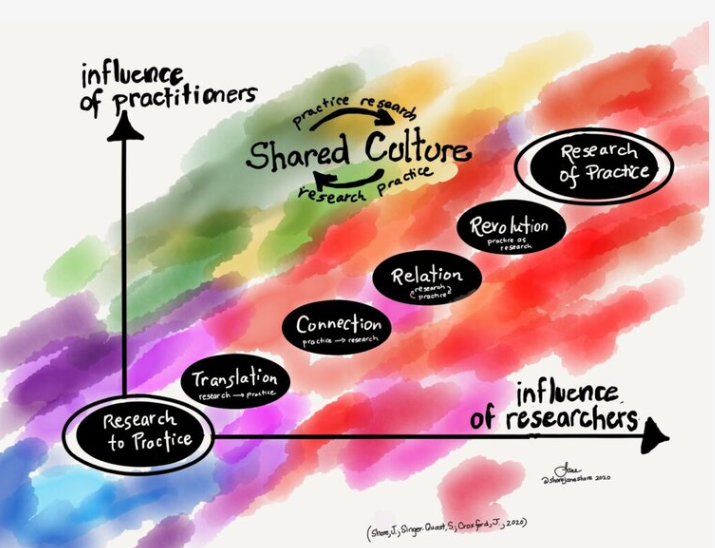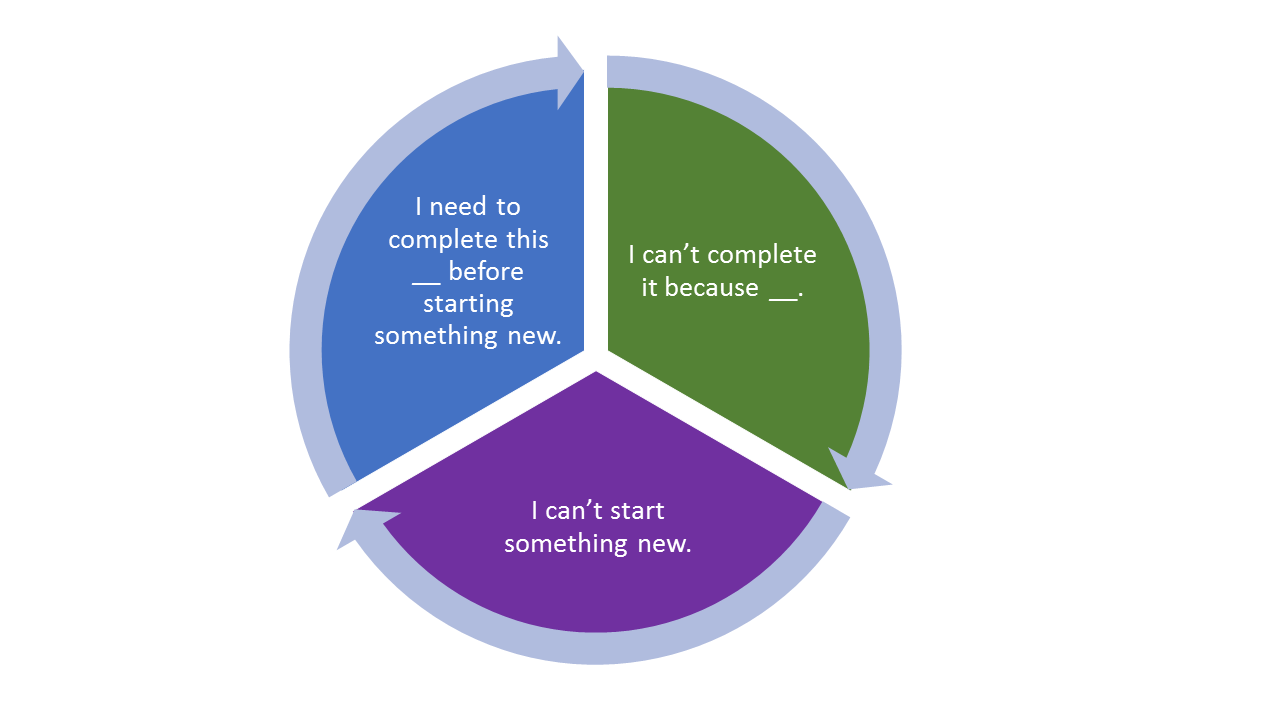Teaching Students Quants is Hard Enough and Now I Have to Do It on MS Teams!
By Professor Julie Scott Jones. Professor Jones is the head of the Department of Sociology at Manchester Metropolitan University, originally appeared on the SAGE Campus blog. Scott Jones is a contributor and reviewer for SAGE Campus online courses, inspired by SAGE’s Little Quick Fixes Books Series. If you teach quantitative methods and are looking for online resources to supplement your teaching, we suggest you browse the SAGE Campus courses.
You Can’t Do It Like You Used To
When COVID-19 started its destructive path, it disrupted all areas of life. Many of us had to confront the fact that the ‘usual’ face-to-face delivery on campus would not be viable. Instead, Microsoft (MS) Teams and small socially distanced groups would be the norm; it certainly was on my campus and I don’t think we were unique. Switching tried and tested delivery modes online is a trial for all lecturers but it poses a special challenge for those of us trying to teach quantitative data analysis (henceforth quants). While the worst of COVID-19 may have passed, online learning continues whether as the main delivery or as part of hybrid instruction.
The barriers to learning quants amongst ‘typical’ social science undergraduates are well documented (see example) and there is not sufficient space here to review them all. Suffice to say that my students, typically, have avoided working with numbers since they were 16 and probably did a suite of ‘soft’ post-16 humanities/social sciences qualifications. So when they are confronted with statistical analysis in year one, at university, look upon it as something not expected, certainly not wanted and that may induce ‘maths anxiety’.
We have spent the best part of a decade trying, testing and honing techniques to engage and enthuse our undergrads with quantitative data analysis. These have involved confidence-building strategies, built on trust that then leads to competencies. These include ‘slowing down the curriculum’, lots of ‘flying time’ in lab to practice, numbers desensitization, large interactive lectures which focus on ‘spectacle’; and overall a playfulness that helps build trust and confidence in the classroom.
In the COVID-academic year we hit a problem: large lecture theatre ‘spectacles’ would have to become MS Teams sessions and labs would be small groups, socially distanced from each other and their tutors. As a teaching team, we pondered how do we build trust and confidence online and at a social distance? All our old ways of doing seemed redundant and the new ways of doing seemed like new barriers to learning, as students felt anxious about learning online.
Building Trust Through Pet Pedagogy and Uber Eats
We presumed (wrongly) that as ‘digital natives’ the students would take to online sessions instantly, using the chat function and video/audio freely. They did not.
The year-one students in their first large (150+) online session wouldn’t engage at all, despite endless cajoling, until one of the team passed a quick comment about her cat. Suddenly a few students commented on their pets and then the team member playfully asked everyone with a pet to post a comment or a picture.
Instantly the chat filled with daft pet stories, info or pictures. Nothing to do with stats but it got everyone engaging and coming together; my colleague John has coined this ‘pet pedagogy’.
The ice was broken and a few silly stats quizzes later the first session ended with students posting how much they’d (unexpectedly) enjoyed themselves; trust was established.
In our third-year specialist quants class we also expected them to engage online, after all they were a pre-formed group who had signed up for this; again, they were reticent. I and the other team members found ourselves doing all the talking; it was like doing radio, we just weren’t sure if our audience was listening!
Then I passed a comment about being hungry and what should I have for my dinner; this segued into what was everyone else eating. Soon we were inundated with posts of meals to come and the revelation that several students were waiting for Uber Eats to bring their (late) brunches.
It became a running theme each session; it broke the ice and created a sense of community in the same way our usual start of term sharing of chocolates/interactive group activities did.
Sharing seemingly trivial ‘chat’ served an important online function of creating community, whether it be discussing food, pets or favorite horror film (at Halloween). This ‘community banter’ served us well when we had to ‘flip’ our physical labs online too, midway through our teaching block; it humanized us and the students as a group in a way that would have organically evolved within face-to-face teaching sessions through the term.
What we Gained From Being Online and Didn’t Expect
Having to run ‘remote’ labs via MS Teams, as substitutes for the ‘real thing’ as COVID rates peaked on campus, worried us as tutors and students. However, the functionality of the technology offered new opportunities; student questions and then the answers could be addressed/demonstrated online and recorded for students to re-watch at their own leisure. Everyone could share the Q&As and add to them, in a way they would not have in a physical lab, so engagement was higher. ‘Breakout’ rooms allowed upset or anxious students to find a safe space to learn online.
Importantly, students could share their work onscreen with us directly within the class and everyone could learn from errors, sharing solutions as a group. This functionality broke down barriers and built community and also confidence; students also started to support each other’s learning by answering posts themselves and sharing individual experiences in a much more dynamic way (posting their solutions online) than if we had been in a physical lab.
Lastly, students used drop-ins more effectively too because they didn’t have to come on to campus; we had much better engagement, better questions being asked and email traffic was less.
Reflections
Don’t assume that students will ‘take’ to online learning naturally because they are a digital generation. The online is a barrier in itself; building a comfortable space online demands specific strategies for the tutor and class. Quants teaching demands even greater focus on community and trust building if you want your students to succeed; but some aspects of the online can facilitate this.
Lastly, playfulness always works whether online or in lab, don’t forget that!




























This year we need to honor Martin Luther King's legacy with both reflection and action! In this post, find links to lots of original source materials, including documents and recordings.